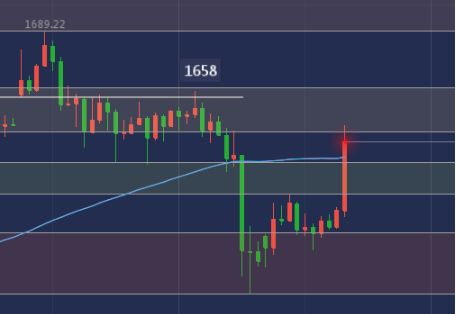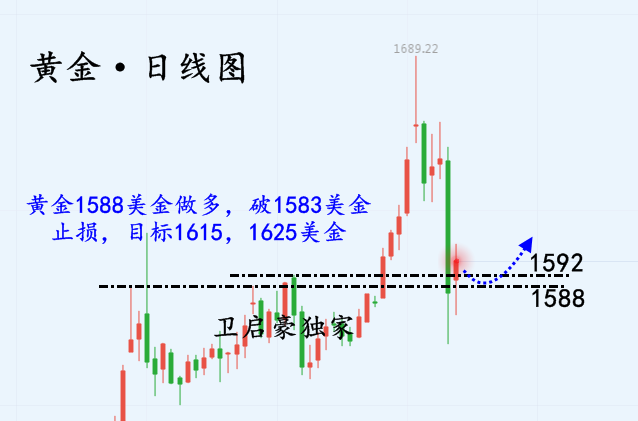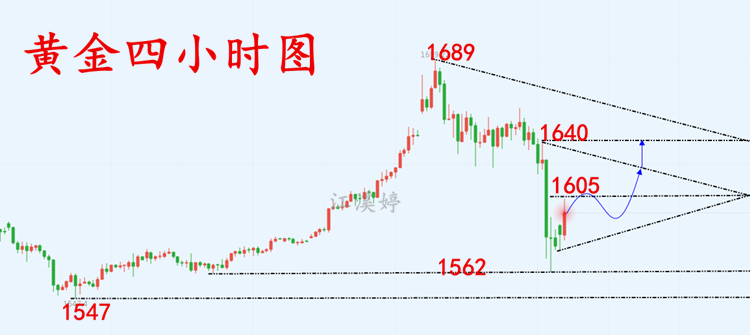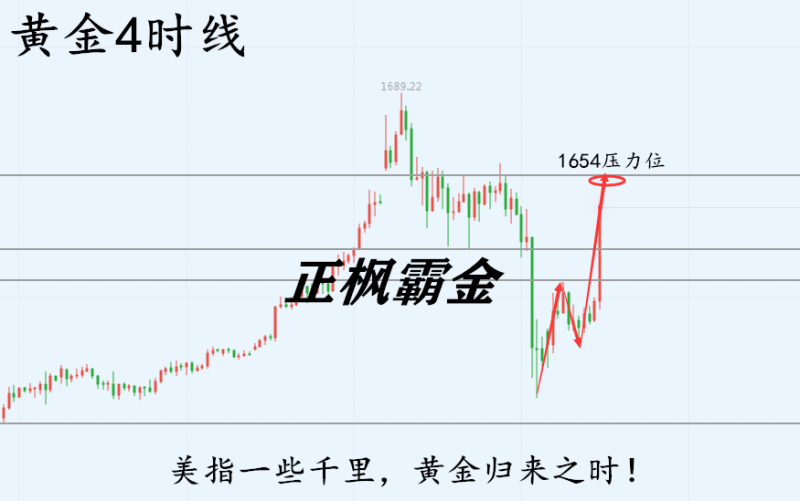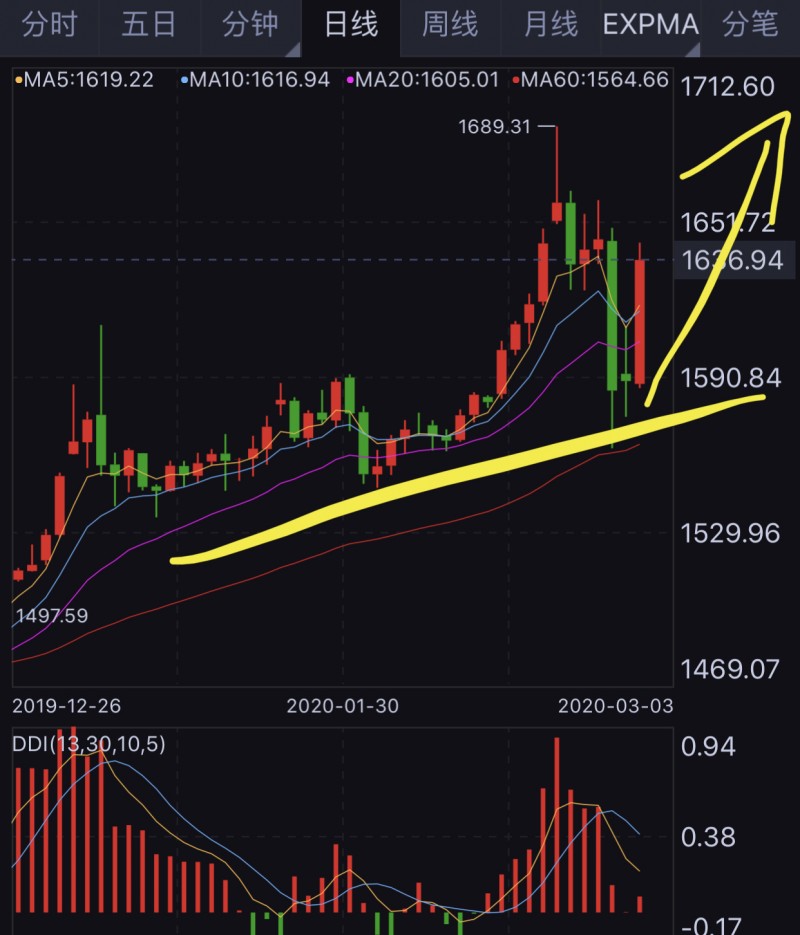原标题:EIA:欧洲液化天然气进口创历史新高
中国石化新闻网讯 据世界液化天然气新闻12月21日消息称,据美国能源情报署(EIA)估计,自2018年10月以来,欧洲的液化天然气(LNG)进口量一直在稳步增长,并于2019年11月创下每日127亿立方英尺(Bcf/d)的月度新纪录。
EIA说,这一月度记录表明,全欧洲(包括土耳其)再气化能力的利用率为51%。
从2019年1月到11月,欧洲的液化天然气进口量平均为110亿立方英尺/天,这是欧洲液化天然气进口量的最高水平,超过了2011年创下的每日80亿立方英尺(年平均水平)的纪录。
亚洲液化天然气现货价格下跌,缩小了向亚洲或欧洲输送液化天然气的价差,并推动了向欧洲的货运增长。
近年来,欧洲的液化天然气进口量相对较低。但然而,今年欧洲天然气现货价格跌至10年低点,为天然气发电厂增加发电量提供了动力。发电部门的强劲需求增长,加上英国和荷兰天然气产量的下降,需要通过管道和液化天然气进口更多的天然气。亚洲较低的天然气需求释放了更多的目的地灵活的液化天然气货物,这些货物被运往欧洲。
今年,三大向欧洲供应液化天然气的国家——卡塔尔、美国和俄罗斯——在2019年前11个月对该地区的液化天然气出口相比2018年总计增加了37亿立方英尺/天。
美国的天然气出口增幅最大,从2018年的4亿立方英尺/天增长到2019年前11个月的18亿立方英尺/天,其次是俄罗斯(增长13亿立方英尺/天)和卡塔尔(增长10亿立方英尺/天)。
包括尼日利亚、特立尼达和多巴哥、阿尔及利亚在内的其他欧洲液化天然气供应国,在2019年(1月至11月)的液化天然气出口量较2018年的年平均水平每天增加了3亿立方英尺。
亚洲主要的液化天然气消费国——日本、韩国和印度等(2018年占全球液化天然气进口的65%)——在2019年1月至11月期间,估计每日进口261亿立方英尺液化天然气,比2018年全年减少0.7亿立方英尺(3%)。
2019年1月至11月,日本和韩国分别减少了每日8亿立方英尺和6亿立方英尺的液化天然气进口。在日本,5座核反应堆重启后天然气发电需求下降,以及可再生能源(尤其是太阳能)发电量增加,都影响了天然气消费。
同样,在韩国,液化天然气进口下降,原因是核电机组发电量增加(其中几座在去年延长维护期后,于2019年重新开工)、可再生能源发电量增加,以及整体电力需求下降。
尽管印度的液化天然气进口在2019年保持不变,但一旦新的再气化终端和连接管道投入使用,明年的进口量可能会增加。
曹海斌 摘译自 世界液化天然气新闻
原文如下:
EIA: European LNG imports hit record levels
Europe’s imports of liquefied natural gas (LNG) have been steadily increasing since October 2018, and reached a new monthly record of 12.7 billion cubic feet per day (Bcf/d) in November 2019, according to the U.S. Energy Information Administration (EIA) estimates.
This monthly record implies a 51 percent utilization of Europe-wide regasification capacity (including Turkey), EIA said.
From January through November 2019, LNG imports into Europe averaged 11 Bcf/d—the highest level for European LNG imports—surpassing the previous record of 8 Bcf/d (annual average) set in 2011.
Lower spot LNG prices in Asia have narrowed the price differentials between delivering LNG to Asia or to Europe and have contributed to increased cargo shipments to Europe.
LNG imports into Europe have been relatively low in recent years. This year, however, spot natural gas prices in Europe declined to a 10-year low, providing incentives for increased electric generation from natural gas-fired power plants. Strong demand growth in the power generation sector combined with declining natural gas production in the United Kingdom and the Netherlands, required larger volumes of natural gas imports by both pipeline and as LNG. Lower natural gas demand in Asia has freed up more destination-flexible LNG cargoes that were shipped to Europe.
This year, three LNG suppliers to Europe—Qatar, the United States, and Russia—have increased their LNG exports to the region by a combined 3.7 Bcf/d in the first 11 months of 2019, compared with LNG exports to Europe by these suppliers in 2018 (annual average).
The United States had the largest increase, with LNG exports growing from 0.4 Bcf/d in 2018 to 1.8 Bcf/d in the first 11 months of 2019, followed by Russia (1.3 Bcf/d increase), and Qatar (1.0 Bcf/d increase).
Other suppliers to Europe, including Nigeria, Trinidad Tobago, and Algeria, increased LNG exports by 0.3 Bcf/d each in 2019 (January–November) compared with the annual average for 2018.
Major Asian LNG consumers—Japan, South Korea, and India etc.(accounting for 65 percent of global LNG imports in 2018)—imported an estimated 26.1 Bcf/d of LNG between January and November 2019, 0.7 Bcf/d (3 percent) less than in all of 2018.
Both Japan and South Korea reduced LNG imports by an estimated 0.8 Bcf/d and 0.6 Bcf/d, respectively, in January–November 2019. In Japan, natural gas consumption was affected by lower demand for natural gas-fired generation following the restart of five nuclear reactors and increased generation from renewable sources, particularly solar.
Similarly, in South Korea, LNG imports decreased as a result of higher generation from nuclear units (several of which were restarted in 2019 after an extended maintenance period last year), higher generation from the renewables, and an overall lower electricity demand.
Although LNG imports in India remained flat in 2019, imports are likely to increase next year once the new regasification terminals and connecting pipelines are placed in service.
新浪财经公众号
24小时滚动播报最新的财经资讯和视频,更多粉丝福利扫描二维码关注(sinafinance)
 客服热线:
客服热线:


